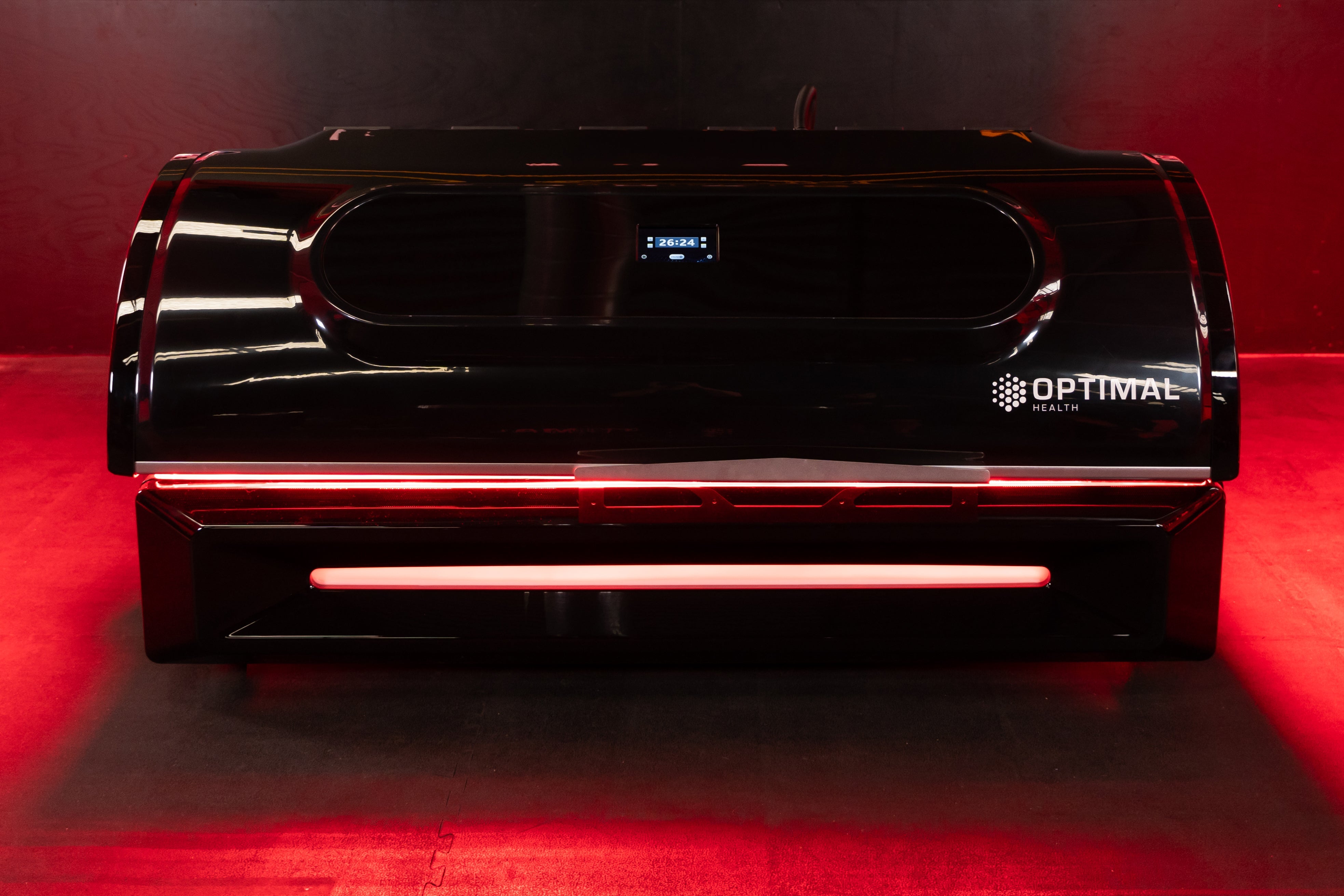Melasma ruining your glow-up goals? You’re not alone—and yes, it’s fair to wonder: can Red Light Therapy make melasma worse? Short answer: Not usually, but it depends on your skin. From Red Light Therapy at Home to panels and beds, here’s what your pigmentation needs to know. Keep scrolling!

Understanding the Risk: How and Why Red Light Therapy Might Exacerbate Melasma
Red light therapy is generally considered safe, but there are some situations where it might worsen melasma, especially in people with sensitive or reactive skin.
The Role of Heat and Device Quality (keywords: heat-induced melasma, low-quality bulbs)
If you have heat-induced melasma, any light treatment that generates too much warmth may make things worse.
Low-quality bulbs or cheap red light panels can release unnecessary heat that irritates the skin instead of healing it.
Even some red light therapy beds in salons may cause flare-ups if not used correctly or set at too high an intensity.
That’s why choosing a low-heat, certified device is so important—especially for those with melasma.
The Impact on Different Skin Tones (keywords: Fitzpatrick scale, darker skin tones, melanin-rich skin)
Your skin tone matters. People with melanin-rich skin—typically Fitzpatrick types IV to VI—are more prone to post-inflammatory hyperpigmentation.
This means even mild irritation can lead to darker patches.
While red light therapy is gentle, if your skin reacts easily, you’ll want to use it with extra care to avoid deepening discolouration.
Differentiating from Other Light Therapies (keywords: IPL, blue light, post-inflammatory hyperpigmentation)
It’s easy to confuse red light therapy with other treatments like IPL, blue light, or laser therapy.
But they’re not the same. IPL and some laser treatments can be too strong and are known to cause flare-ups in melasma-prone skin.
Red light, on the other hand, is far less aggressive and doesn’t cause skin peeling or post-inflammatory reactions—if used correctly.
The Evidence for Improvement: How Red Light Therapy Can Help Melasma
Despite potential risks, red light therapy may actually help improve melasma in many cases—thanks to its anti-inflammatory and skin-healing effects.
The Scientific Mechanisms of Action (keywords: melanin production, tyrosinase, inflammation, cell turnover)
Red light helps by calming inflammation, supporting cell turnover, and regulating melanin production.
It may reduce the activity of tyrosinase, an enzyme involved in pigmentation.
By encouraging gentle renewal and a balanced skin environment, it addresses some of the root causes behind persistent melasma.
The Benefits of Specific Wavelengths (keywords: red light, near-infrared light, NIR, 630nm, 940nm)
Not all wavelengths are created equal. For skin health and pigmentation concerns, red light around 630nm and near-infrared light (NIR) near 940nm are the most promising.
These specific wavelengths support healing without overheating the skin.
They penetrate gently and are generally well-tolerated by melasma-prone users—when delivered by a proper device.
Clinical Studies and Anecdotal Evidence
Clinical trials for red light and melasma are limited but growing. However, anecdotal evidence is encouraging.
Many users in the UK and beyond report brighter, calmer skin tone after several weeks of gentle RLT.
Some combine it with a tailored melasma skincare routine for added support.
Practical Guidance: Using Red Light Therapy Safely for Melasma-Prone Skin
Melasma requires a careful, considered approach. Here’s how to use red light therapy safely if your skin is prone to discolouration.
Choosing the Right Device for Your Skin Type
Invest in a high-quality, low-heat device. Look for those specifically made for Red Light Therapy at Home, with tested safety and effective wavelength output.
Avoid blue light and mixed-spectrum tools. Stick to dedicated red or near-infrared settings that are gentle and controllable.
Recommended Treatment Protocols (keywords: treatment duration, frequency, power density)
Start slow. Limit your sessions to 10 minutes, 2–3 times per week, and build up only if your skin tolerates it well.
Avoid daily use unless advised by a specialist.
Stick to moderate power density to minimise stress on the skin and support consistent, gradual results.
The Importance of a Dermatologist's Consultation (keywords: expert advice, professional treatment plan)
Before starting red light therapy, speak with a dermatologist, especially if your melasma is chronic or hormonal.
A professional can guide you towards the best device, tailor your treatment plan, and help you integrate it safely with other therapies—like prescription creams or SPF routines.
Takeaways
-
Can red light therapy make melasma worse? Not typically—but heat, poor-quality devices, or misuse may aggravate symptoms
-
Melanin-rich skin needs extra care due to higher pigmentation sensitivity
-
Red light therapy may help melasma by reducing inflammation, regulating melanin, and improving cell turnover
-
Best results come from using low-heat, high-quality red light devices at the right frequency
-
Always consult a dermatologist before starting to ensure safe and effective use
Conclusion

Red light therapy isn’t a miracle fix—but with the right approach, it could support your skin in managing melasma more gently.
The key is knowing your skin type, choosing the right wavelength, and avoiding unnecessary heat.
From Red Light Therapy Panels to compact home devices, tools are more accessible than ever—but they must be used with knowledge and care.
Professional guidance, a calming skincare routine, and plenty of sunscreen will make all the difference.
Give your skin a chance to thrive—without the flare-ups.






